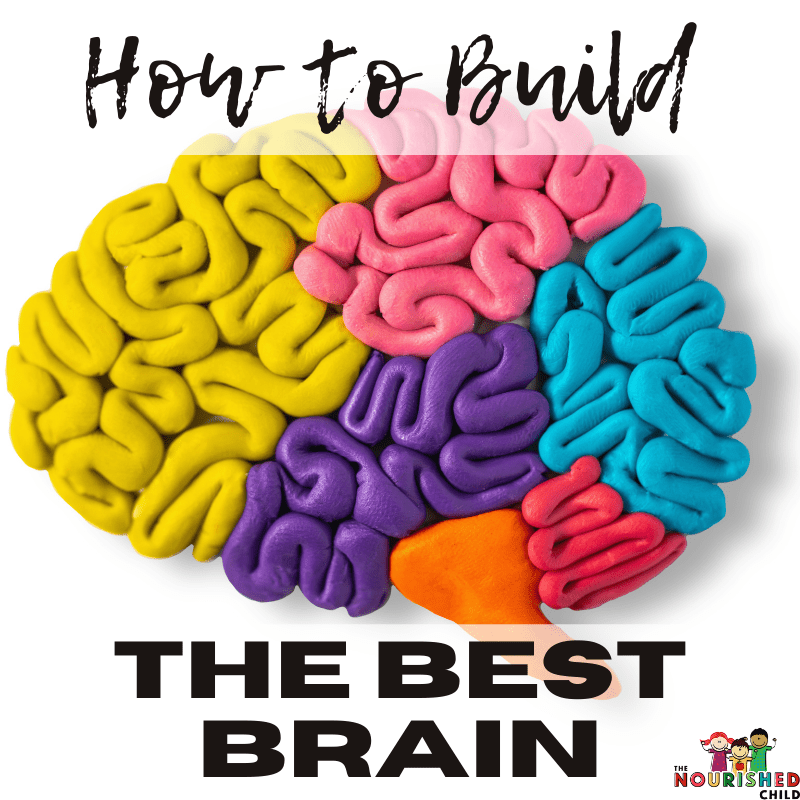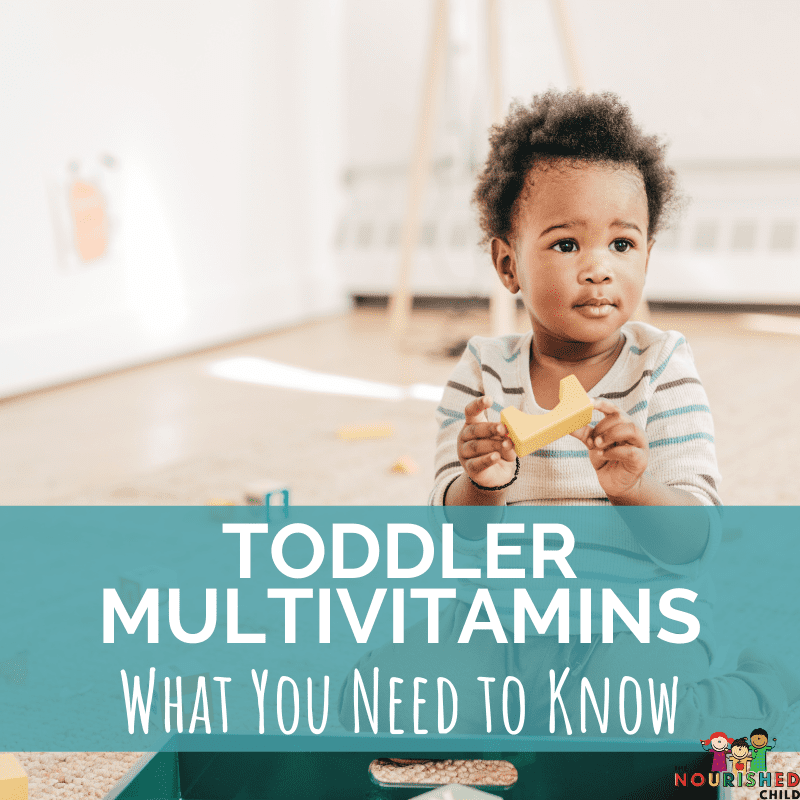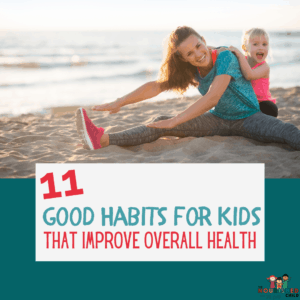How to Build the Best Brain in Childhood
April 15, 2022
Build the best brain with a focus on nutrition to support development in childhood.
A video is circulating on YouTube of a father and young toddler having a conversation on the couch. The dad is asking questions and making comments about what appears to be a TV show they are both watching. The toddler is responding to him with intonations, mannerisms, and social engagement, though you can’t understand a word he is saying. He is speaking a language only this toddler and dad can understand. This video show us an example of how emerging language and social skills showcase what’s going on upstairs.
Healthy development of the brain is crucial to a child’s future. Building the best brain influences how well kids learn, pay attention, control impulses, anticipate, plan, and make decisions. It also impacts their social-emotional skills, mood and mental health.

The Growing Brain
According to a 2016 Journal of Pediatrics article on the role of nutrition in brain development, structural and intellectual capacity is mostly established by age three. In infancy, the brain’s framework and ‘information highway’ is established. While babies can’t talk or read, they learn from observation, connecting with caretakers and their environment. This process continues in the toddler years, resulting in the emergence of language, social skills, and learning through play.
In childhood, formal learning, executive skills like planning ahead, and decision-making abilities emerge. While this still happens in adolescence, a shift occurs. The brain begins to prune itself, removing under-utilized neurons and information pathways so more important ones can flourish.
Keys to Growing the Best Brain
Healthy cognitive development in young children is influenced by many things, but experts focus on three key areas: exposure, experiences and nutrition.
Exposure to toxins, like lead, and infection, stress, or trauma can have long-term repercussions.
Likewise, positive or negative experiences can influence brain development. For example, neglect may have devastating effects, while playing with a child or reading stories together are beneficial.
Listen to my interview with Dr. Kelly Fradin about adverse childhood experiences to learn more about this.
The third key is nutrition.
Nutrients for Healthy Brain Development
Many nutrients are needed for normal, healthy development, including protein, fat, and micronutrients such as DHA, choline, iron and zinc.
The goal is to ensure a young child’s nutritional needs are met. Young brains are more vulnerable to the impact of a nutrient deficiency than older brains. In fact, a nutrient deficiency early in life may impair structure formation and functioning. This can lead to cognitive deficits later on, even decades down the road.
Although the brain is “plastic” and may recover from an insult like a nutrient deficiency, experts note there are critical windows of development and times when regions have higher nutrient needs making a deficiency, should it occur, more damaging.
Protein
Protein and its amino acids are building blocks of any growth process. Protein is a component of neurons, neurotransmitters, and helps build the structure and size of the brain. Experts agree that protein (and energy) insufficiency in the first three years of life may lead to growth failure and negatively affect neurodevelopment.
Fat and Docosahexaenoic Acid (DHA)
More than half of the brain is made up of fat. Fat is essential in the diet of young children for neurological development and function. Inadequate fat in the diet can lead to poor growth and cognitive outcomes.
Docosahexaenoic acid (DHA) is a long-chain poly-unsaturated fatty acid and a prominent omega-3 fat in the brain. DHA is necessary for the creation, movement, organization, and connection of the brain’s neurons.
It is also involved in building the structure of the retina. As such, DHA plays a role in intelligence, vision, attention and impulse control.
Choline
Choline is an essential nutrient, meaning we need to get it from our diet as our body doesn’t produce it. Choline is involved in cell structure, neurotransmission, and memory processing and storage. It also helps prevent neural tube defects like spina bifida.
Iron
Iron is required for the normal anatomy. Myelination, the process of coating the neurons with a fat sheath called myelin, allowing efficient transmission of information throughout the brain, requires iron.
Additionally, neurotransmitters that send chemical messages to regulate physical (heart rate, breathing, e.g.) and psychological functioning (learning, concentration, e.g.) depend on sufficient iron in the diet.
Zinc
Zinc is involved in all the main functions of the brain. A zinc deficiency in early childhood has been tied to poor learning, attention, memory and mood.
5 Nutrition Tips for the Best Brain Development in Childhood
A child’s development starts in pregnancy, but it doesn’t end there. Here are a few nutrition tips for optimizing brain development across childhood:
For Women in Child-Bearing Years
If you’re in your child-bearing years, eat a nutrient-rich diet, correct any nutritional deficits you may have, and maintain a healthy body weight. Take prenatal vitamins if you are pregnant. Be particularly observant of your iron status as up to 15% of women in their child-bearing years are iron deficient, according to the 2003-2006 National Health and Nutrition Examination Study (NHANES).
For Newborns
Breastfeed your child if you’re able. Eat a nutrient-rich diet, with particular emphasis on DHA, iron and zinc. To get enough DHA, eat 8 to 12 ounces of seafood per week and/or supplement with 200-300 mg DHA per day, according to the Food and Drug Administration (FDA), Environmental Protection Agency (EPA) and American Academy of Pediatrics (AAP), respectively. Start your baby on an iron supplement at four months if breastfeeding. If bottle-feeding, use an iron- and DHA-fortified formula.
For Babies 6 months
For both breast-fed and formula-fed babies, start solid foods around 6 months. Iron and zinc provisions from breastmilk decrease while baby’s requirement for these nutrients increase at this time. Include meats and iron- and zinc-fortified cereals in the dietary pattern of breast-fed infants.
For Toddlers
During the toddler years, children may become picky, potentially narrowing the diet and the nutrients they receive. Adopt an “every bite counts” mindset, focusing on meals and snacks that supply a variety of foods that introduce new flavors, cuisines and textures. It’s important to introduce sources of healthy fats, particularly fish, to help children develop a taste for them. Watch out for too many sweets and treats, as they can crowd out key nutrients.
For Children and Teens
In childhood and adolescence, focus on the quality of the diet, choosing wholesome, nutritious foods. Target meats, fish, beans, nutrient-rich grains, plant-based fats, eggs, nuts and nut butters and plenty of fruits and vegetables to anchor the diet. Fortified foods, used in combination with natural food sources, can help children better meet important nutrients.
Need More Help with Making the Most of Your Child’s Brain Development?
Check out our other free articles, podcast episodes and our shop, where we have E-guides, workshops and classes to help you navigate feeding and nourishing your child, inside and out.
You may also want to read:










